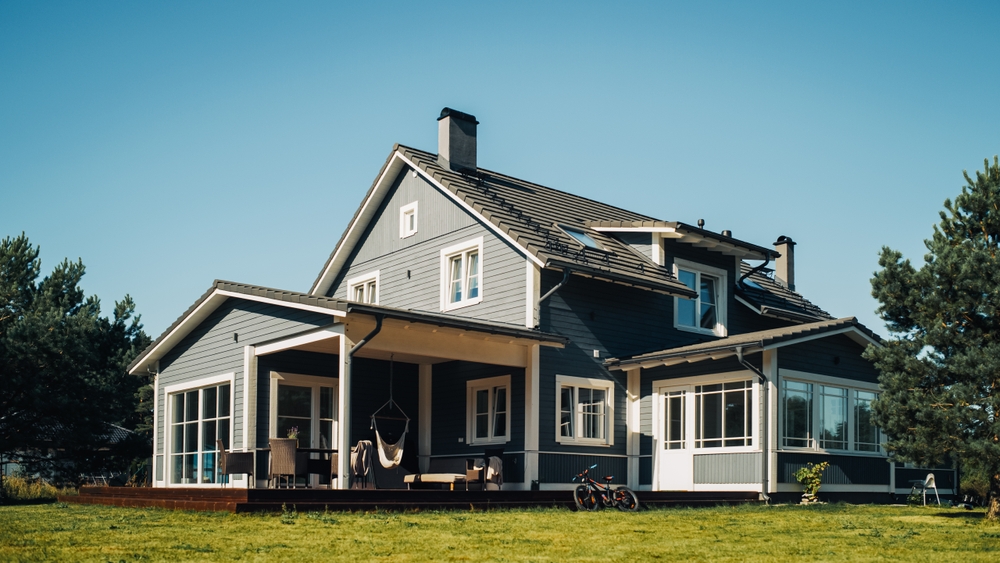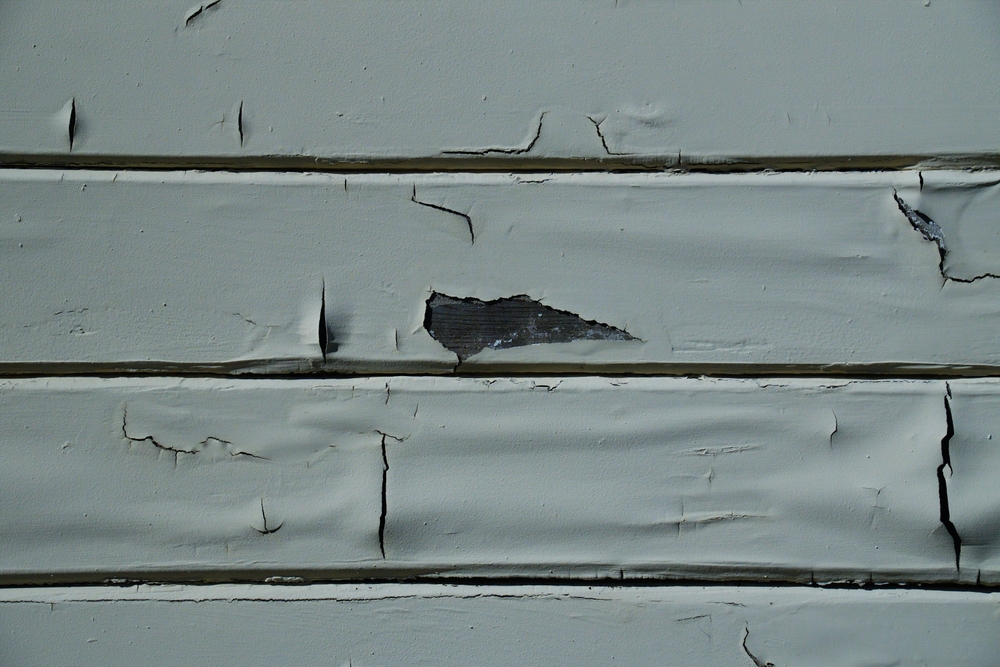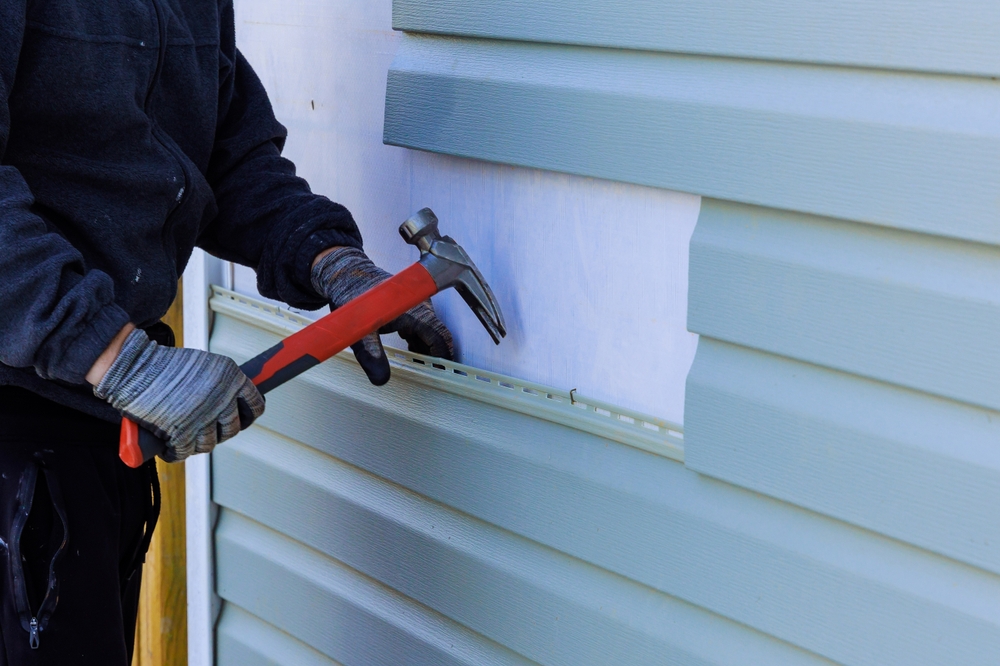What You Need to Know About House Wrap
Introduction
House wrap is a crucial component in modern home construction, serving as a protective barrier between the exterior walls and the outside environment. It plays a vital role in keeping moisture out while allowing the structure to breathe. Whether you’re a builder, homeowner, or someone curious about construction, understanding the ins and outs of house wrap is essential. This guide dives deep into what house wrap is, its benefits, installation process, and much more.
Understanding House Wrap
Definition and Purpose
What Is House Wrap?
House wrap is a synthetic material used as a weather-resistant barrier on the exterior of buildings. Typically, it is installed underneath the siding of a house, acting as a shield to prevent moisture from seeping into the structure while allowing water vapor to escape. This balance helps in preventing mold growth and maintaining the overall integrity of the building.
How Does House Wrap Work?
The primary function of house wrap is to create a water-resistant yet breathable layer around the building. It helps to reduce drafts and enhances the energy efficiency of a home. By keeping water out and allowing moisture vapor to escape, it prevents damage to the structure’s wood framing and insulation.
Common Types of House Wrap
Perforated vs. Non-Perforated
Perforated house wraps contain tiny holes that allow moisture vapor to pass through while keeping water out. Non-perforated options, on the other hand, rely on their material composition for breathability without physical perforations. Each type has its own advantages depending on climate and building needs.
Synthetic vs. Traditional Materials
House wraps can be made from various materials, with synthetic options like polyethylene and polypropylene being the most common. These materials offer superior durability and resistance to tearing compared to traditional paper-based wraps.
Benefits of Using House Wrap
Improved Energy Efficiency
One of the major advantages of house wrap is its ability to enhance the energy efficiency of a building. By reducing air infiltration, it minimizes heat loss during winter and keeps cool air inside during summer, leading to lower energy bills.
Moisture Control and Protection
House wrap serves as the first line of defense against water damage. It prevents rain and snow from entering the building while allowing water vapor to escape. This dual action helps to prevent mold growth and wood rot, which can compromise the structural integrity of a home.

Enhanced Durability of the Building
By protecting the building’s envelope from moisture and drafts, house wrap can extend the lifespan of the structure. It helps in maintaining the condition of the wood framing and siding, ensuring the building remains strong and stable over time.
How to Choose the Right House Wrap
Factors to Consider
Climate Conditions
The climate of the area where you’re building plays a significant role in selecting the right house wrap. In regions with heavy rainfall, a highly water-resistant wrap may be necessary, whereas drier areas might benefit more from wraps that focus on breathability.
Compatibility with Siding Materials
Not all house wraps are compatible with every type of siding. It’s important to consider how the house wrap interacts with materials like vinyl, wood, or fiber cement to ensure a snug fit and optimal performance.
Understanding Perm Rating
The perm rating measures how much moisture vapor can pass through the house wrap. A higher perm rating means more breathability, which is important in climates with frequent temperature changes. Understanding this metric helps in choosing a product that balances moisture control and air permeability.
Popular Brands and Their Features
Several reputable brands dominate the house wrap market, each offering unique features. Brands like James Hardie, Tyvek, ZIP System, and Barricade Pro offer different levels of moisture protection, breathability, and durability. Comparing these can help you find the best fit for your project.
Installation Process of House Wrap
Tools Needed for Installation
Before installing house wrap, you’ll need tools like a utility knife, staple gun, cap nails, and a tape measure. Having these on hand ensures a smooth installation process.
Step-by-Step Installation Guide
- Prepare the exterior wall by removing debris and ensuring a smooth surface.
- Start at the bottom of the wall, unrolling the house wrap horizontally.
- Overlap each layer by at least 6 inches to prevent moisture penetration.
- Secure the wrap with staples or cap nails, ensuring no gaps.
- Use house wrap tape to seal any seams or penetrations.
Common Mistakes to Avoid During Installation
Improper installation can render house wrap ineffective. Avoid mistakes like not overlapping seams properly or failing to tape seams, as these can create vulnerabilities where water can seep through.

Maintaining and Inspecting House Wrap
Regular Maintenance Tips
Periodically inspect the house wrap for tears or damage, especially after severe weather. Addressing small issues early can prevent costly repairs down the line.
Identifying and Repairing Damage
If you notice damage, use house wrap tape to seal small tears. For larger issues, it may be necessary to replace a section of the wrap to ensure proper protection.
Myths and Misconceptions About House Wrap
House Wrap vs. Vapor Barriers
House wrap and vapor barriers serve different purposes. While house wrap prevents moisture infiltration from the outside, vapor barriers are used inside to prevent moisture from condensing within walls.
House Wrap and Indoor Air Quality
Some believe that house wrap can trap moisture and negatively impact indoor air quality. However, when installed correctly, house wrap allows for controlled ventilation that supports a healthy indoor environment.
Does House Wrap Replace Insulation?
House wrap is not a substitute for insulation. While it reduces drafts, it doesn’t have the thermal properties that insulation provides. Instead, the two work together to create a more energy-efficient home.
Cost of House Wrap
Price Range of Different House Wrap Types
House wraps can range from $0.25 to $2.75 per square foot, depending on the brand, material, and features. High-end options may cost more but offer additional benefits like increased durability.
Factors That Influence Cost
Factors like brand reputation, thickness, perm rating, and added features such as UV resistance can influence the cost of house wrap. Weigh these against your budget and the specific needs of your project.
Long-term Savings from Using House Wrap
Investing in quality house wrap can save you money in the long run by preventing costly repairs related to water damage and reducing energy bills.
Environmental Impact of House Wrap
Eco-Friendly Options
Some manufacturers offer eco-friendly house wraps made from recycled materials. These options minimize the environmental footprint without compromising on performance.
Recycling and Disposal Considerations
Proper disposal of old house wrap is crucial for minimizing its impact on the environment. Many communities have recycling programs for construction materials, ensuring the wrap is disposed of responsibly.
Conclusion
House wrap is an indispensable component in the construction of energy-efficient, durable homes. It plays a vital role in protecting against moisture while maintaining a breathable envelope around the building. When chosen and installed correctly, house wrap can significantly enhance the longevity of your home and reduce energy costs, making it a wise investment for any homeowner.
FAQs
What is the lifespan of house wrap?
House wrap can last 20-30 years if properly installed and maintained, depending on exposure to weather conditions.
Can house wrap be installed over old siding?
It’s generally not recommended to install house wrap over existing siding. For the best results, it should be applied directly over the sheathing before installing new siding.
Is house wrap necessary in warm climates?
Yes, even in warm climates, house wrap helps protect against moisture and improves energy efficiency by reducing drafts.
How do you know if house wrap is properly installed?
Proper installation includes overlapping seams, sealing edges with tape, and securing it with cap nails. The wrap should be smooth with no visible gaps.
Can you use multiple layers of house wrap?
Using multiple layers is not recommended as it can trap moisture between layers, leading to potential mold growth.




